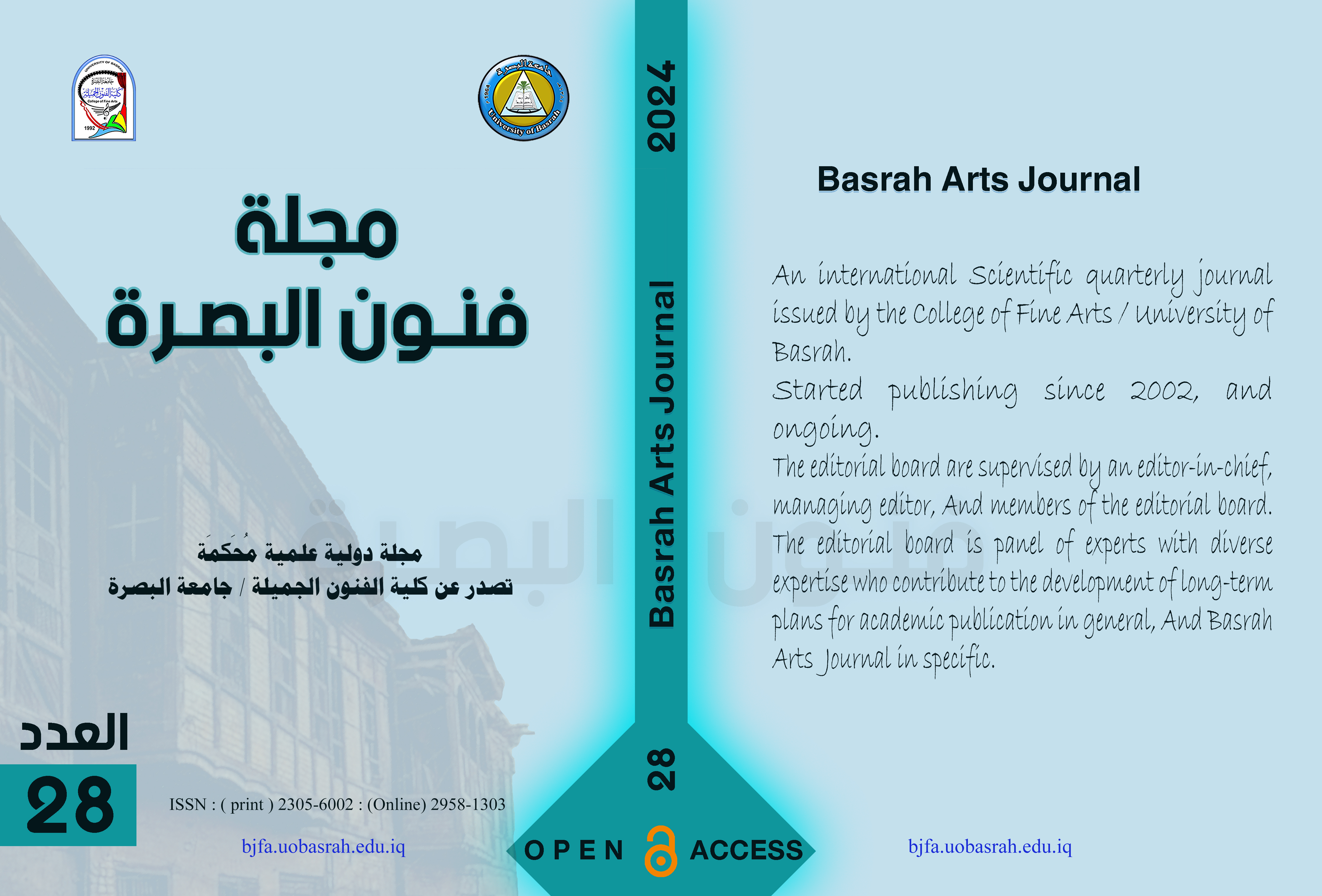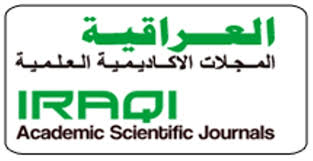The structural metaphorical abstraction in Adrian Arleo's sculptural ceramics
DOI:
https://doi.org/10.59767/2024.02/28.2Keywords:
Metaphor, Structural, Metaphorical, CeramicsAbstract
This research delves into the philosophical concept of compositional metaphor and its artistic application, particularly in the works of the ceramic artist Adrian Aurelio. It aims to illustrate how compositional metaphor serves as a conduit for conveying philosophical insights and profound meanings through art. The structure of the research comprises four chapters.
The initial chapter (General Framework) addresses the research problem encapsulated in the question: "How was compositional metaphor activated to achieve ceramic output, and what visual elements did the ceramist employ in realizing these compound metaphors?" The research aims to identify compositional metaphor and its application mechanisms in the sculptural ceramics of Adrian Aurelio.
The second chapter (Theoretical Framework) encompasses two sections. The first section examines the concept of metaphor and compositional metaphor, while the second section explores the artistic outputs of the ceramicist Adrian Aurelio.
The third chapter (Research Procedures) delineates the research's scope, selecting four artistic works for analysis. The fourth chapter presents the results and conclusions. Among the key findings is the ceramist's adeptness in reaching a level of expressive semantic encoding through her sculptural ceramic discourse. She amalgamated fragments of the same gender (human parts) to create a human figure, rendering the pieces complementary to each other, inviting interpretative narrative readings that mirror reality with profound connotations. Compositional metaphor, therefore, emerges as a conscious construct, intertwining artistic vision with technology and culture. This fusion engenders aesthetic innovation and serves as a conduit for expressing her philosophy and societal concerns, amalgamating diverse components to formulate multi-layered messages pertaining to environmental, cultural, and social realms.
References
Aloush, S. (1985). Glossary of Contemporary Literary Terms. Beirut, Lebanon: Dar Al-Kotob Al-Lubnani.
Altihawi, M. A.-F. (2016). A Guide to the Terminology of the Arts. Maghreb Al-Arabi.
Alwan, F. K. (2013). Metaphor and Utilization of Artistic Data in Science: A Study on the Relationship between Modern Painting and the Digital Screen. Iraq: Basrah Journal.
Asfour, J. A. (1982). The Concept of Poetry (A Study in Literary Heritage). no: The Arab Center for Culture and Science.
Atiya, M. M. (2001). Art Criticism from Classicism to the Postmodern Era. Egypt: Arab Thought Publications.
Dahman, O. B. (2015). Photographic Metaphor Theory and Literary Discourse. Cairo: Ru'ya Publishing and Distribution.
Fadl, S. (1992). The Rhetoric of Discourse and Text Science. Kuwait: National Council for Culture, Arts, and Letters.
Ghasemi, A., Lenjannejadian, S., & Sadeghi E, E. (2023). Effect of Combined Exercises on Stair Negotiation Performance of Older Men: A Randomized Controlled Clinical Trial. Iranian Journal of Ageing(3), pp. 304-325. doi:http://dx.doi.org/10.32598/sija.2022.3468.2
Hawks, T. (2016). Metaphor. Cairo: National Center for Translation.
Jaber, Y. H. (2004). Structuralism in Modern Arabic Criticism. Riyadh: Dar Al-Riyadh, Al-Yamama Press Establishment.
Johnson, G. L. (2018). The Metaphors We Live By. Morocco: Toubkal Publishing House.
Kareem, N. S., & Aldaghlawy, H. J. (2022). Pictures of death in the Iraqi theatrical performance. Basrah Arts Journal(22), pp. 187–206. doi:https://doi.org/10.59767/bfj.5300.1976
Karim, A. I., & Abood, A. A. (2023). Fashion Aesthetics in Contemporary Arab Sculpture. Basrah Arts Journal(27), pp. 135-142. doi:https://doi.org/10.59767/2023.11/27.10
Logorn, M. (2018). Metaphor and the Transmitted Metaphor. Beirut, Lebanon: Al-Owaidat Publishing and Printing.
Maala, A. A. (2009). The Effectiveness of Metaphor in the Linguistic Structure of Literature. Unpublished Master's Thesis: University of Al-Baath.
Malhof, L. (2003). The Interpreter in Language. Qom: Dar al-Ilm Publishing House.
Matloub, M. A. (1995). The Dialectics of Individuals and Structures in Ancient Arab Literary Criticism. Lebanon: Publishers - The Egyptian International Publishing Company.
Prange, M. (2003, June/July/August). Adrian Arleo:nature studles. ceramics monthly.
Ricoeur, P. (2006). The Theory of Interpretation (Discourse and the Surplus of Meaning. Morocco: Arab Cultural Center, Casablanca.
Ricoeur, P. (2016). Living Metaphor. Lebanon: New United Book House.
Sergi, Q. O. (2023). Art and Nature Centers in Spain: Consciousness Pedagogy. AusArt(11). doi:https://doi.org/10.1387/ausart.24939
Suhita, R., Saddhono, K., & Hastuti, S. (2023). Impact of Regional Language and Cultural Learning on the Student Profile of High Schools in the Kurdish Region: Moderating Role of Government Support. Kurdish Studies(1), pp. 207-219. doi:https://doi.org/10.58262/ks.v11i1.1015
Talla, S. S. (2023). The implicit in the theatrical texts of Ali Abdul Nabi AL Zaidi (systematic study). Basrah Arts Journal(25), pp. 45-57. doi:https://doi.org/10.59767/bfj.5300.1984
Downloads
Published
How to Cite
License
Copyright (c) 2024 Nisreen Samir Ghudir, Dr.Sabah ahmed hussin (Author)

This work is licensed under a Creative Commons Attribution 4.0 International License.







